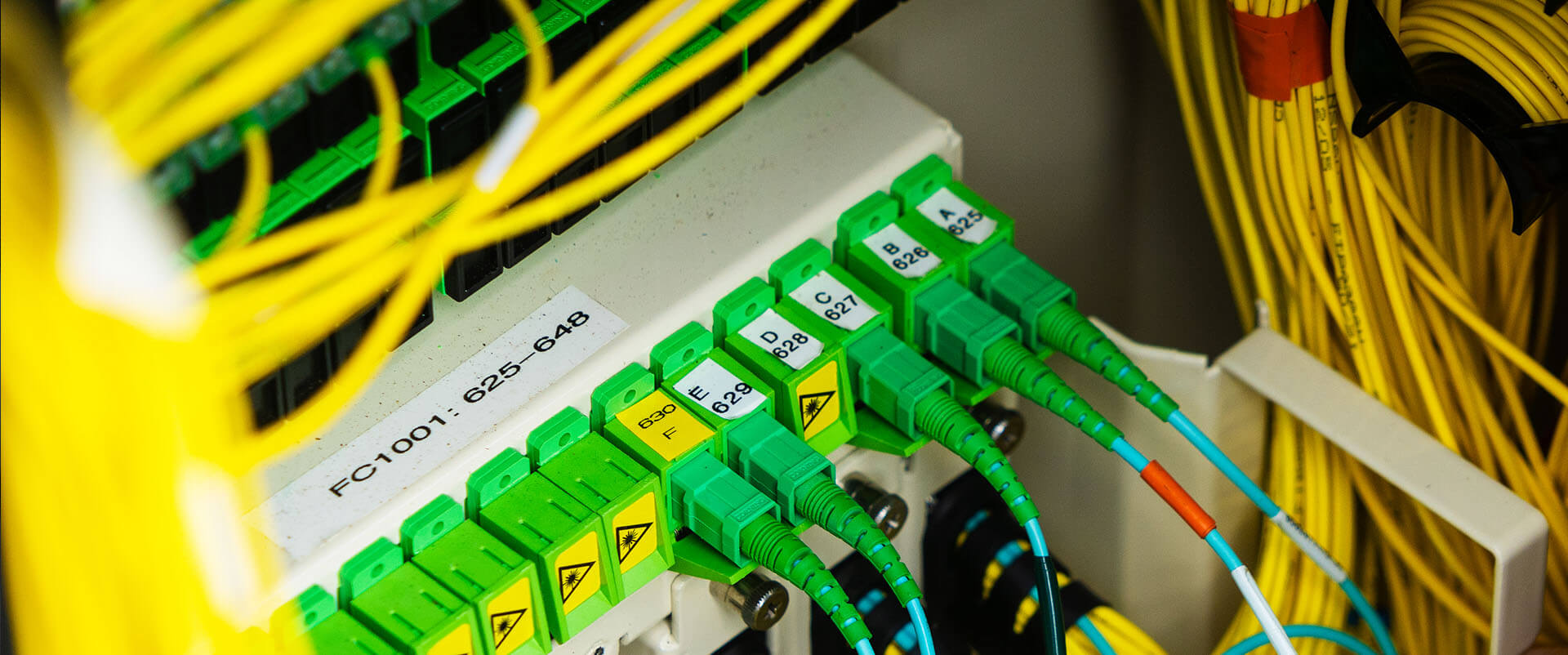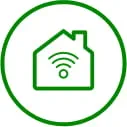Fiber internet is really fast and really green
In our increasingly interconnected world, the demand for high-speed internet is growing at an unprecedented rate. As we strive for technological advancement, it becomes crucial to consider the environmental impact of the infrastructure supporting our digital age. Fiber internet has emerged as a sustainable solution, offering not only lightning-fast connectivity but also a range of environmental benefits. In this blog post, we will delve into why fiber internet is a key player in the quest for a sustainable future.
Energy efficiency
Fiber-optic cables, the backbone of fiber internet, operate by transmitting data through pulses of light. This technology is remarkably energy-efficient compared to traditional copper cables. Fiber-optic cables require less energy to transmit data over longer distances, resulting in reduced power consumption. As the global demand for internet connectivity continues to rise, the energy efficiency of fiber optics becomes a critical factor in minimizing the carbon footprint associated with digital infrastructure.
Longevity and durability
One of the most compelling arguments for the sustainability of fiber internet lies in its longevity and durability. Fiber-optic cables are made from materials that resist environmental factors such as moisture, temperature fluctuations, and electromagnetic interference. This durability ensures a longer lifespan for the infrastructure, reducing the need for frequent replacements and the associated environmental impact of manufacturing and disposing of outdated equipment.
Reduced electronic waste
The rapid evolution of technology often leads to the disposal of outdated equipment, contributing to the growing electronic waste crisis. Fiber internet's long lifespan and compatibility with future technologies mean less frequent replacements, ultimately resulting in a significant reduction in electronic waste. As we seek sustainable solutions for our digital needs, minimizing electronic waste becomes a paramount concern, and fiber internet stands out as a technology that aligns with this goal.
Lower carbon footprint
Fiber-optic networks have a considerably lower carbon footprint compared to their copper counterparts. The energy efficiency of fiber optics, combined with their durability, translates into reduced greenhouse gas emissions over the long term. As more regions transition to fiber internet infrastructure, the cumulative impact on global carbon emissions can be substantial, contributing to broader efforts to combat climate change.
Resource efficiency in installation
The installation process of fiber-optic cables is more resource-efficient than that of traditional copper cables. Fiber-optic cables are thinner and lighter, requiring fewer raw materials during manufacturing. Additionally, the installation of fiber-optic networks involves fewer environmental disturbances, as the cables can be installed underground without the need for large-scale excavation. This reduces habitat disruption and minimizes the impact on ecosystems, making fiber internet a more environmentally friendly choice from the ground up.
Supporting renewable energy integration
The energy efficiency of fiber internet not only reduces its own carbon footprint but also supports the integration of renewable energy sources into the power grid. As the demand for internet services grows, data centers and telecommunication facilities must adapt to sustainable energy practices. Fiber-optic networks, with their lower energy consumption, are more conducive to being powered by renewable energy sources such as solar and wind. This synergy between fiber internet and renewable energy aligns with the broader global agenda of transitioning to clean and sustainable energy solutions.
Facilitating a greener economy
Fiber internet plays a pivotal role in enabling a greener economy by fostering advancements in remote work, smart infrastructure, and sustainable practices. The high-speed, reliable connectivity provided by fiber-optic networks supports the growth of digital technologies that optimize resource use, monitor and reduce energy consumption, and promote sustainable business practices. As industries embrace digital transformation, the environmental benefits of fiber internet extend beyond the technology itself, influencing a broader shift toward a more sustainable and efficient economy.
In the pursuit of a sustainable future, every aspect of our technological infrastructure must be scrutinized for its environmental impact. Fiber internet emerges as a shining example of a sustainable solution that not only meets the demands of our digital age but also contributes to the broader goals of reducing carbon emissions, minimizing electronic waste, and supporting renewable energy integration. As we continue to build and expand our digital networks, choosing fiber internet is a conscientious step toward a greener and more sustainable world.






